The 2025 holiday season is shaping up to be one of the most competitive in years, with businesses battling for share of wallet amid an unpredictable consumer confidence landscape. Advertisers need to prepare early and solidify their strategies in advance, while also remaining nimble as the season unfolds.
One way brands should be preparing for the holiday season is by diversifying their advertising channels, and one channel that should be seriously considered is TikTok Shop. TikTok Shop is emerging as a retail powerhouse that brands should no longer dismiss as a legitimate advertising and sales channel. With its unique combination of entertaining creator-made content and seamless e-commerce features, TikTok Shop has quickly evolved from a buzzy experiment to a full-fledged sales platform backed by impressive results.
TikTok’s undeniable sales momentum
TikTok Shop officially launched in the U.S. in late 2023, and has seen explosive revenue growth ever since. “...global TikTok Shop GMV surged to $33.2 billion in 2024 — more than doubling year-over-year. The U.S. alone contributed $9 billion of that total, marking a staggering 650% increase just 16 months after TikTok Shop launched stateside..”
This momentum shows no signs of slowing, with projections indicating that the number of TikTok shoppers will grow nearly 6% annually, reaching over 55 million by 2027. TikTok is also capturing and driving customer loyalty, with over 80% of TikTok Shop sales coming from repeat customers.
Major brands have long since taken notice, particularly in the beauty and personal care space. Powerhouses such as Tarte Cosmetics, K18 Hair, and Glossier are already thriving on the platform, offering product bundles, free shipping incentives, and exclusive TikTok shop discounts to capture shoppers’ attention and drive sales on the platform.
Seamless Entertainment-driven shopping
TikTok Shop is the epitome of entertainment-driven e-commerce. Creators remain the platform's heartbeat, and TikTok integrates them directly into the sales process. Through built-in affiliate programs, creators earn commission on every sale they drive, motivating them to produce authentic, high-quality content for brands. This model transforms influencer marketing from a top-of-funnel awareness play into a measurable, purchase-driving strategy. On top of this, the TikTok Shop purchase experience is seamless for consumers by allowing all phases of the purchase journey to occur without leaving the app –including discovery, reviews, checkout, and even customer service follow-up. This frictionless buying experience boosts conversion rates and encourages impulse buys.
Built-in Holiday Sales Visibility
TikTok caters very well to the price-conscious shopper, consistently highlighting discounts, bundles, and free shipping incentives that nudge shoppers toward conversion. Savings incentives are placed front and center, displaying deals within product pages, creator videos, and the “Shop” tab, so users can spot them instantly. These tactics align perfectly with Black Friday/Cyber Monday and broader holiday promotions, ensuring that limited-time offers and seasonal discounts stay highly visible across content and product listings, and that shoppers are fully aware of every savings opportunity a brand provides.
Where Revel Comes In
The holiday season is always a high-stakes time of year for brands, and 2025 will be no exception. As businesses solidify their strategies, TikTok Shop should at the very least be part of the conversation.
Revel recommends starting to test this channel now, cultivating creator partnerships, and highlighting compelling offers to establish a presence on the Shop and connect with the users on the platform.
Through our Creator management program, we help brands manage Creator relationships and take advantage of trending TikTok opportunities, and with our integrated TikTok and Paid Social management services, it’s easier than ever to build momentum.
If you aren’t yet, exploring TikTok Shop now can give your brand fresh reach and a clear advantage when the holiday rush is in full swing.
Photo: © Leeloo The First from Pexels




